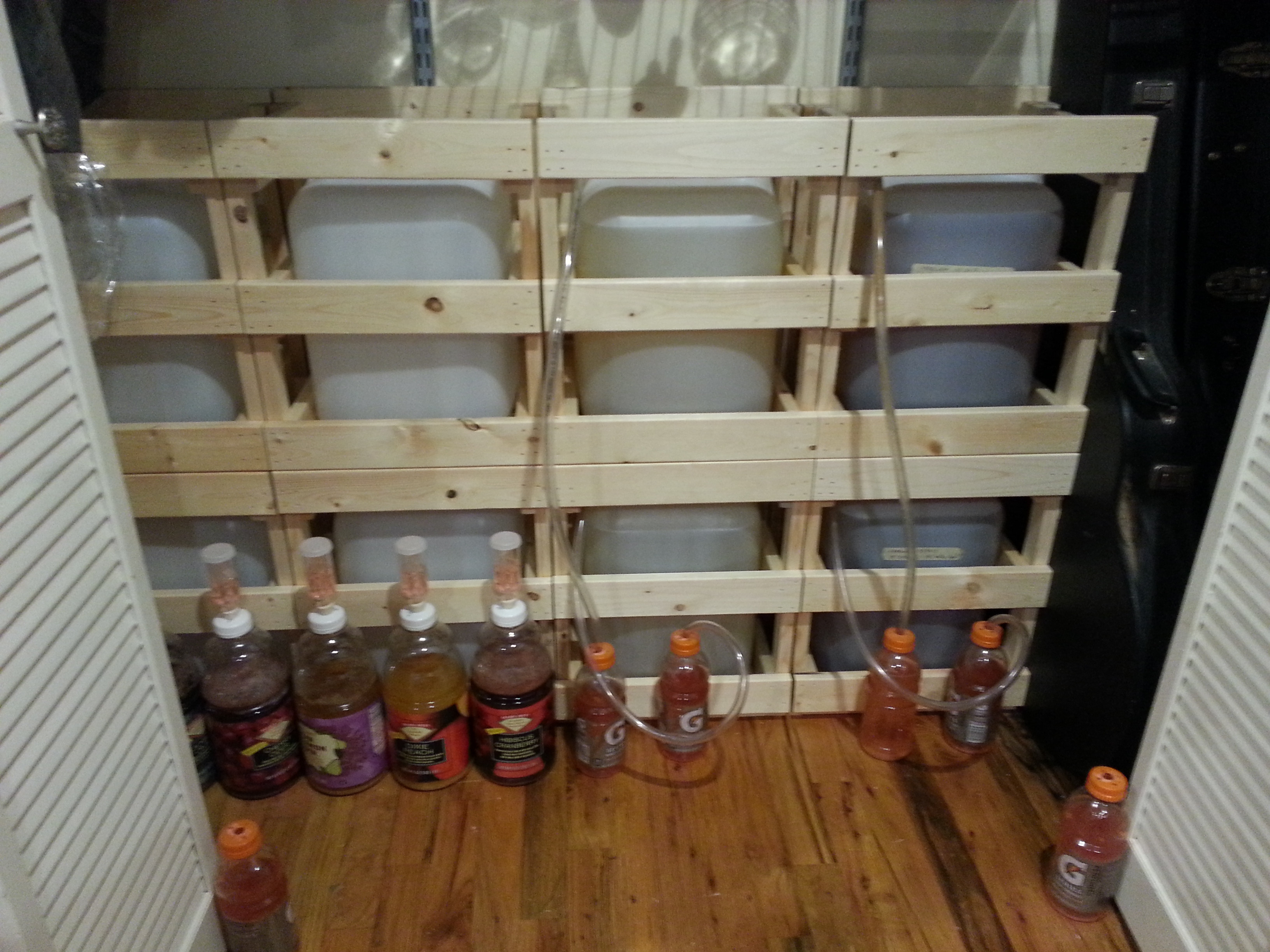Woah, holy **** this thread is exploding. And all for the wrong reasons.
The linked sites about the FDA and recycled plastics are
not the reason why the Homer buckets are not food safe. A non-food-grade HDPE bucket is not food grade because they use a mold release agent that is toxic to help get the molded bucket off the bucket mold at the factory. Food-safe mold release agents are available, but cost about twice as much, so you can pretty safetly assume if a manufacturer does not specify that it's food grade, they've used the cheap version. This is almost certainly the case with Homer buckets because of the rock bottom low price.
OP, if you want to go cheap on the fermenter, then Homer buckets aren't the way to do it. No offense, but the posters say they're not safe are correct. The cheap way is to buy 5 gallon water jugs designed for camping trips. They cost about $6, come with the lid included, and can be drilled in one of two places for either an airlock or a blowoff tube.
I buy mine at WinCo Foods, but their website is really just a landing page, so it's no help. Here's some pictures I snapped during my last trip, for just a topic such as this:
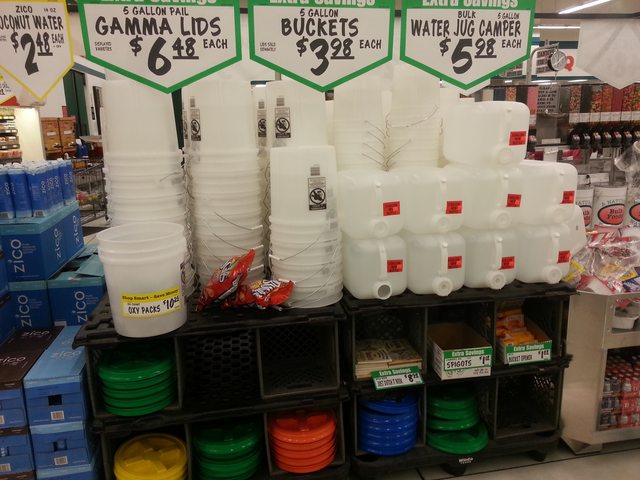
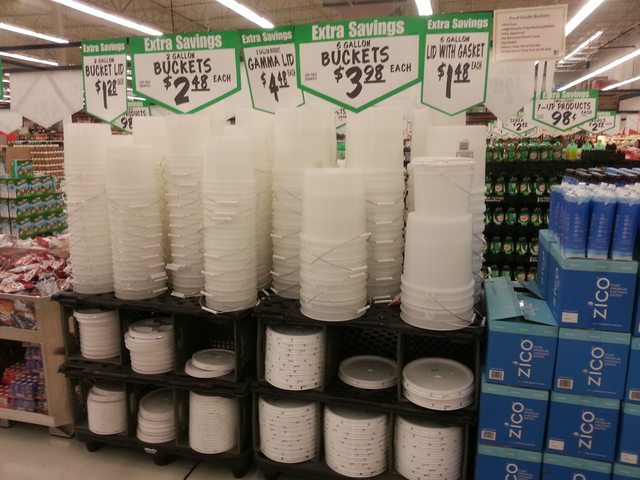
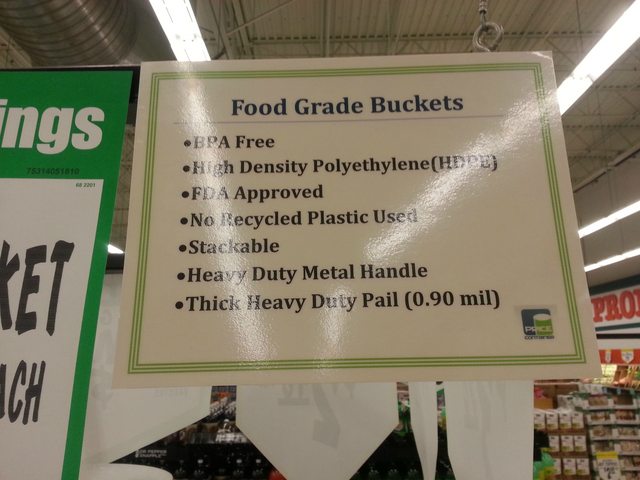
Here's where I chose to drill out for a 5/16" vinyl blowoff tube (leftover piece from a autosiphon):
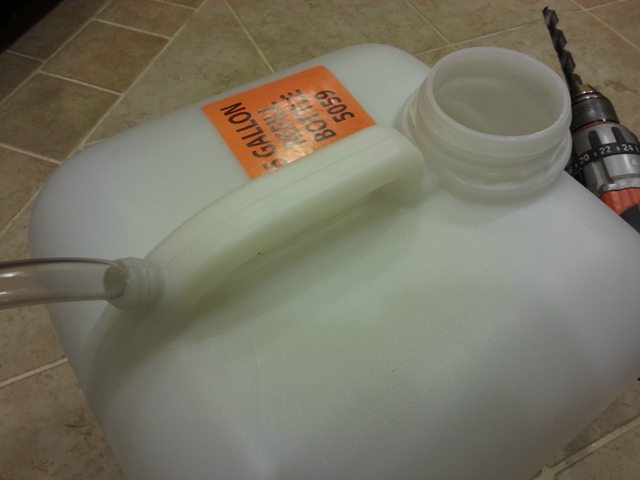
Or you could drill out the lid for an airlock or blowoff tube. I wanted to preserve the lid in case I ever decided to use them for something other than fermeters later, and drilling the lid also does not allow you to stack them.
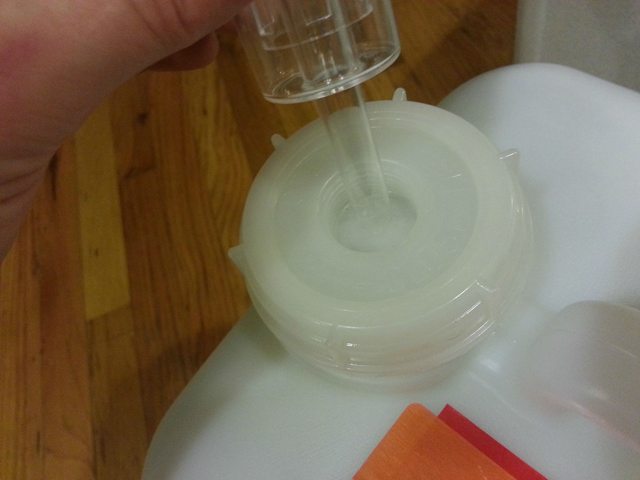
There's also some food safe buckets in the picture at a price you might like more than the $15 6.5-gallon fermenters most of us use.














































![Craft A Brew - Safale S-04 Dry Yeast - Fermentis - English Ale Dry Yeast - For English and American Ales and Hard Apple Ciders - Ingredients for Home Brewing - Beer Making Supplies - [1 Pack]](https://m.media-amazon.com/images/I/41fVGNh6JfL._SL500_.jpg)
















